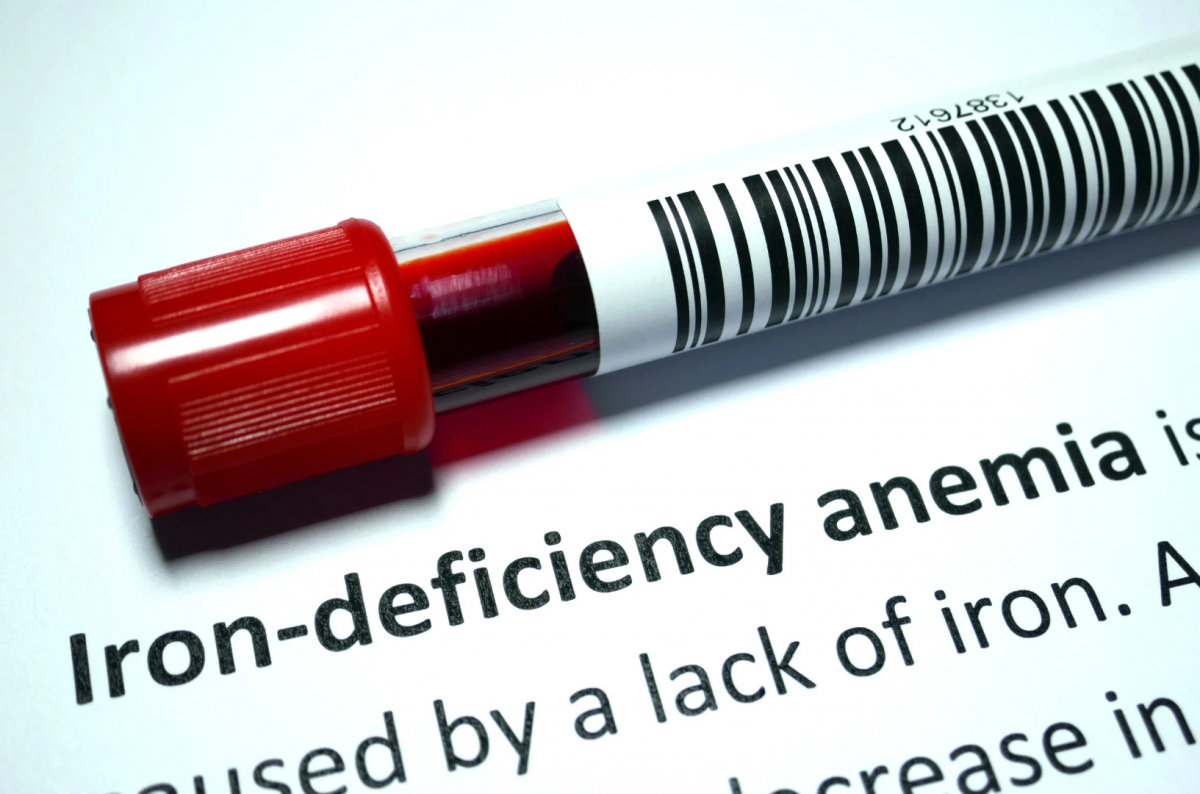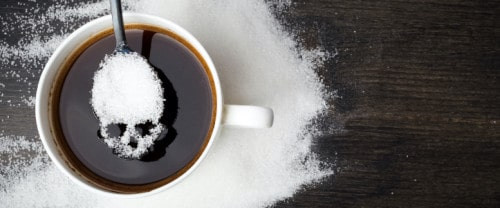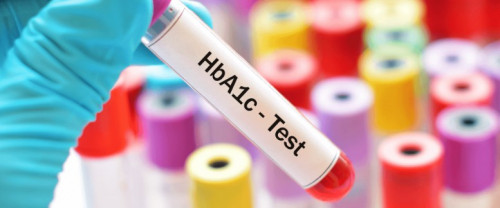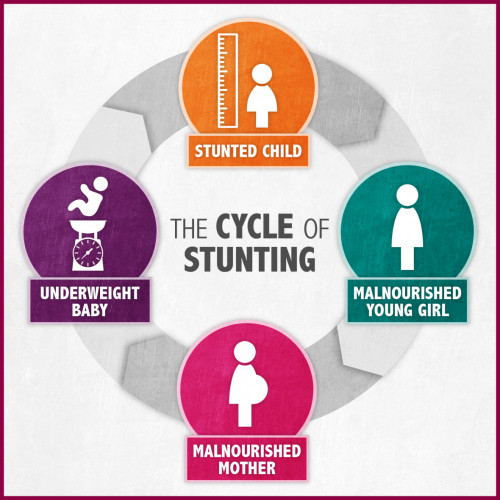Iron deficiency in children can affect development and lead to anemia. Find out how much iron your child needs, the best sources of iron and more. Someone with anemia has a lower number of red blood cells (RBCs) than usual. RBCs contain hemoglobin, a protein that carries oxygen throughout the body. The body needs iron to make hemoglobin. Without enough iron, less hemoglobin and fewer red blood cells are made, leading to anemia. Treatment with iron supplements usually makes the anemia better.
Why is iron important for children?
Iron helps move oxygen from the lungs to the rest of the body and helps muscles store and use oxygen. If your child's diet lacks iron, he or she might develop a condition called an iron deficiency. Iron deficiency in children is a common problem. It can occur at many levels, from mild deficiency all the way to iron deficiency anemia — a condition in which blood doesn't have enough healthy red blood cells. Untreated iron deficiency can affect a child's growth and development.
How much iron do children need?
Babies are born with iron stored in their bodies, but a steady amount of additional iron is needed to fuel a child's rapid growth and development. Here's a guide to iron needs at different ages:

Who's at risk of iron deficiency?
Infants and children at the highest risk of iron deficiency include:
- Babies who are born prematurely or have a low birth weight
- Babies who drink cow's milk or goat's milk before age 1
- Breast-fed babies who aren't given complementary foods containing iron after age 6 months
- Babies who drink formula that isn't fortified with iron
- Children age 1 to 5 who drink more than 24 ounces (710 milliliters) of cow's milk, goat's milk, or soy milk a day
- Children who have certain health conditions, such as chronic infections or restricted diets
- Children who have been exposed to lead
- Children who don't eat enough iron-rich foods
- Children who are overweight or obese
Adolescent girls also are at higher risk of iron deficiency because their bodies lose iron during menstruation.
What are the signs & symptoms of iron deficiency?
At first, children with iron-deficiency anemia may not have any symptoms. When symptoms do happen, a child might:
- look pale
- seem moody
- be very tired
- get tired quickly from exercise
- feel dizzy or lightheaded
- have a fast heartbeat
- have developmental delays and behavioral problems
- want to eat ice or non-food items
Should I have my child screened for iron deficiency?
Iron deficiency and iron deficiency anemia are typically diagnosed through blood tests. The American Academy of Pediatrics recommends that all infants be tested for iron deficiency anemia starting between ages 9 months and 12 months and, for those who have risk factors for iron deficiency, again at later ages. Depending on the screening results, your child's doctor might recommend an oral iron supplement or a daily multivitamin, or further testing.
Iron deficiency in children can be prevented. To keep your child's growth and development on track, offer iron-rich foods at meals and snacks and talk to your child's doctor about the need for screenings and iron supplements. And also don't forget to check the Hemoglobin regularly with the Point Of Care Test devices.
PT Isotekindo Intertama provides a POCT (Point Of Care Test) tool for checking Hemoglobin levels in the blood which is practical and convenient to use because it only requires a small sample (1µL). This is the first biosensor technology for screening hemoglobin In Indonesia, using HemoSmart GOLD Hemoglobin Screening Meter.
The features and other benefits are:
- HemoSmart GOLD Hemoglobin Screening Meter only requires 1μL of blood. The measuring range is wide, 4.0-24.0 g/dL. The wide measurement range will make the HemoSmart GOLD Hemoglobin Screening Meter very easy to monitor hemoglobin in both low and high conditions
- HemoSmart GOLD Hemoglobin Screening Mete only takes 5 seconds, HemoSmart GOLD Hemoglobin Screening Meter can read hemoglobin in the blood in a very short time making it more efficient.
- HemoSmart GOLD Hemoglobin Screening Meter with a small sample volume of 1µL whole blood. With a very small sample size and using whole blood cells, the HemoSmart GOLD Hemoglobin Screening Metewbq can show an accurate profile of hemoglobin in the blood, thus guaranteeing excessive pain in blood test sampling.
Reference:
- Mayo Clinic (2019) Iron deficiency in children: Prevention Tips for Parents
- Insert Pack HemoSmart GOLD Hemoglobin Screening Meter
- Powers JM, et al. (2019) Iron deficiency in infants and children < 12 years: Screening, prevention, clinical manifestations, and diagnosis. https://www.uptodate.com/contents/search.







